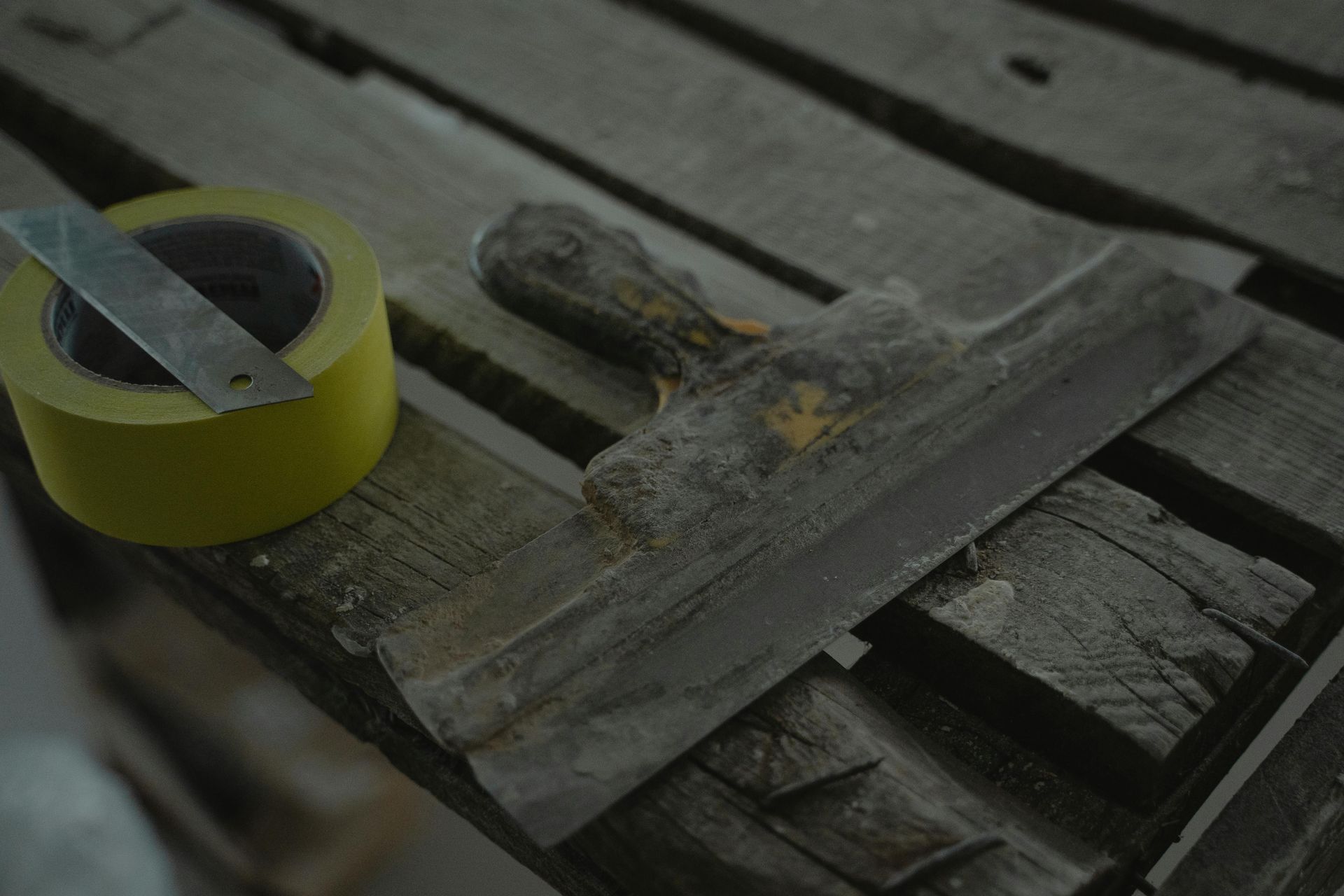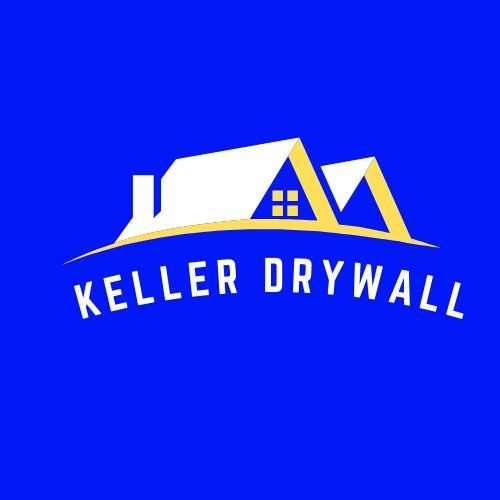Simple Process
If you have existing drywall, you will need to strip the old tape off the wall and cut it so it fits the corners. Start by placing the tape measure on the wall and mark where it needs to be trimmed. Once you have the exact location ready, use the drywall knife to cut the piece of drywall tape. Once you have the traced piece, simply apply it to the frame. To provide extra stability, you can anchor the tape with drywall screws. Be sure to use the correct anchors for your particular application. The next step is to apply the tape carefully to each corner. The tape will act as a guide for your newly applied drywall tape.
Drywall Taping
You will need to allow the drywall to dry before continuing the drywall taping around the edges. If the drywall has gaps, you will simply fill them with the appropriate filler. You can add the filler either by using drywall spray or a putty knife. Once you have finished applying the filler, use the drywall repair tool to scrape away excess filler. You can also tap the areas to make them smooth.
When installing new drywall, it is important to adhere the tape to the gypsum board correctly. In general, you need to overlap the tape about half an inch. This gives the drywall enough space to mold and work without having the tape rubbing against the drywall or between the tape and the walls. For difficult corner areas, you may need to break out a section of drywall to smooth the cutout. You can then use drywall cement to build a base to which you can then apply the drywall tape.
Cost Effective
It is important that you follow all the instructions in the DIY drywall taping guide that you are using. For drywall repairs on the interior of your home, you should leave a few small gaps for the edges of the drywall to be cut. You will also want to adjust the cutout size for the perfect fit. You will also want to tuck the drywall tape behind the drywall joints you are fixing. This will help prevent the drywall from shifting while you are working.

Before you begin your drywall repairs, you should make sure the power is turned off and the area is dust free. You will then cut the piece of tape that you want to use for your drywall repair. This will be the bottom drywall anchor that you will attach to the studs in the wall. To complete the drywall installation, you should screw the bottom anchor into the drywall joint that you are fixing. Then you will attach the drywall tape and make any other corrections that you need to the drywall.
Larger Damage
You may have to perform residential drywall repair if your drywall has somehow become damaged. If it is already cracked and has some dark spots on it, you will need drywall installation in order for the walls to be repaired and for it to look as good as new. Home drywall repair can be very expensive, so you must do it well if you want to save money. Here are some tips that can help you when you want to get your drywall installed:
Do research on the type of drywall repair, you need to perform. There are different types of drywall repair so be sure that you are aware of what kind of repair you need to do. You can even consult a drywall company if you are unsure about something. However, drywall installation companies can be very expensive unless you call
Keller Drywall Contractor of Keller, TX so if you do not have that much money to spare for this kind of repair then it is best if you simply hire someone to do it for you. You need to make sure that you know exactly what the problem is so that you can properly fix it once you arrive at the house to carry out the sheetrock repair.
Small Damage
You need to prepare the area where you will be doing the drywall installation. It is better if you are going to do it in an open space like a garage so that the work area will be easier to clean up afterward. There should be no moisture present so you will need to be sure that there is no leak or flooding in your home after you perform the drywall repairs. Make sure that the room is totally dry before you start to repair the drywall.
You have to be careful when you are doing drywall installation by yourself. It would be better if you are accompanied by someone. This is because you need to ensure that the drywall installation will be done right. If there are things that you are not able to handle then it is better if you are going to get someone who is knowledgeable with drywall repairs to help you out. This way the drywall installation will be done according to what you wanted it to be. Before you proceed with the drywall repair, check out the area where you want to install the drywall. If it is necessary, you will need to cut out the damaged part of the drywall. You have to make sure that you do this accurately. Cut it out neatly and level the surface where you want to install it.
The next step of the drywall installation process is to drill the holes for the screws and nails. Once you have done this you can now put up the new drywall and secure it to the wall with the drywall anchors and screws. If you have done it correctly you will not see any damages on the drywall installation at all. If you feel that the drywall installation needs some adjustments then get some help from the repairmen.
Finishing Sheetrock
Before you go ahead and replace the drywall installations, see to it that you have cleaned up the area completely. This is important because if there are some dirt or stains in your drywall then they will only attract more dirt when you are reinstalling them in the stucco repair. Take care of the work at hand first and then you will be able to handle other things later on. Contact a repairman if there are any problems that you have in your drywall installation.
Another important thing that you have to do is follow the instructions included in the drywall package carefully. Some homeowners do not read the instruction manual before installing their drywall. In this case, they face the risk of getting the wrong measurements and the installation might not last long. It would be better if you make a checklist before you start doing anything with the drywall so that you will be able to see to it that the drywall installation goes smoothly. If the drywall installation has to be done by a professional then you have to make sure that the gypsum board installer is trustworthy because most probably he is using some dangerous chemicals for the repair.
When dealing with drywall tape and bedding, it's crucial to have the right materials. A high-quality joint compound is essential, often referred to as mud, which helps in smoothing out the seams and creating a seamless finish. You'll need a reliable tool to mix the mud properly, ensuring there are no lumps. When applying the joint compound, use a bucket to keep it manageable and avoid wasting material. Be mindful of the bevel and angle when taping corners, as this ensures a clean, professional look.
Using paper tape is common for drywall joints, but for areas like the butt joint, metal tape can provide additional strength. After applying the tape, cover it with a coat of joint compound and let it dry completely. This process might need to be repeated to achieve a smooth surface. Sandpaper is essential for smoothing out the dried joint compound, but it creates a lot of dust, so ensure you have a dust collection system or work in a well-ventilated area.
Water is a critical component in mixing joint compound, and it's essential to get the right consistency. Too much water can weaken the compound, while too little makes it hard to spread. Use sandpaper or a sanding sponge to smooth the final coat, taking care to feather the edges for a seamless finish. Heat can also affect drying times, so be sure to work in a controlled environment.
In addition to joint compound and tape, other materials like bead for corners and plaster for finishing touches might be required. Having the right tool for each task, whether it's a drill for securing drywall or a putty knife for spreading compound, is crucial. Listening to a podcast or reading a handyman magazine can provide helpful tips and techniques for better results. Always remember to check the terms of service of any product you use to ensure you're using it correctly.
By following these steps and using the right materials, you can achieve a professional finish in your drywall tape and bed project, making your walls look flawless and ready for painting or further decoration.
Stay ahead in drywall maintenance and repairs with our in-depth articles. Visit
our blog for comprehensive guides and expert insights!
Frequently Asked Questions
What is drywall taping and bedding?
Taping and bedding involve applying tape over drywall seams and then covering them with joint compound to create a smooth surface for painting or texturing.
How long does it take for tape and bed to dry?
The joint compound usually dries in 24 hours, but drying times can vary based on temperature and humidity.
Can I paint over freshly taped drywall?
Once the taped and bedded areas are sanded and fully dry, you can apply a coat of primer and paint.
Can improper taping cause cracks?
Yes, improperly taped seams can crack over time. That’s why it’s important to hire a professional drywall contractor for quality results.
Do I need tape and bed for small repairs?
Yes, even small repairs need tape and bed to ensure the repaired areas blend seamlessly with the rest of the wall.
What Our Customers Think
-
Jane & Kyle
Button“A friend of mine recommended that I call Keller Drywall Contractors of Keller TX and I must say that working with them has been a very smooth and easy process. I spoke the foreman Tom on the phone, we set an appointment, he came out for the estimate then knocked out the job right after that. Thank you so much guys!"
- Keller, TX
-
Jordan Banner
Button“I had a huge hole in my ceiling from the previous plumbing contractor that stepped in the wrong place upstairs, Keller Drywall was able to come out pretty quick and fix the ceiling..."
- Westlake , TX
-
Gordan Brauner
ButtonBeing a construction contractor I always have a lot going on, so when I call Keller Drywall Contractors of Keller, TX for a sub-contracting job I know that they will come out and do exactly what me and the customer needs. There aren't many crews and companies these days that have the skills and precision as yall
- Keller, TX
Free Onsite Estimates
Contact Us
We will get back to you as soon as possible
Please try again later




